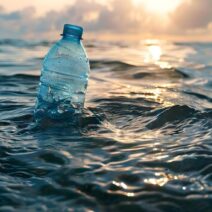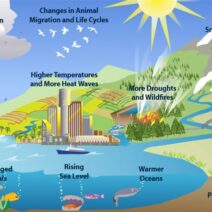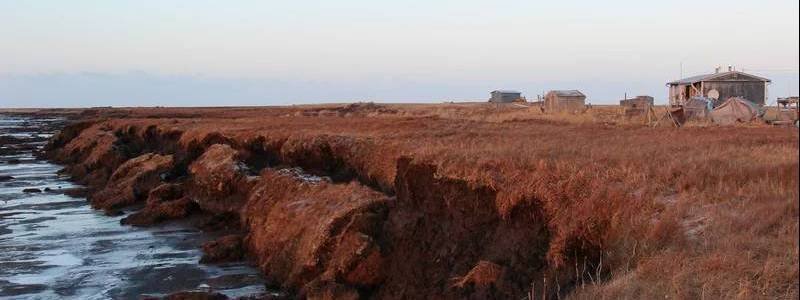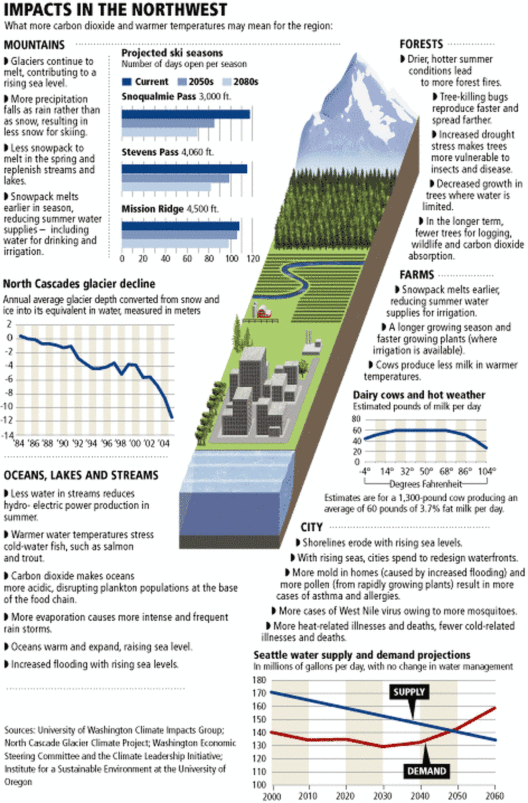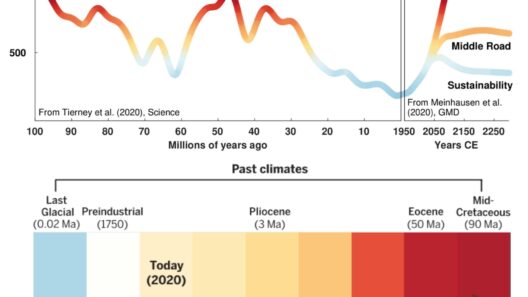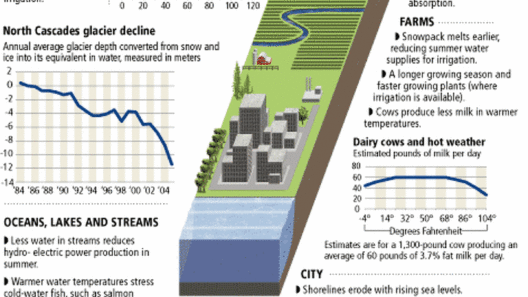Global warming is an increasingly pressing issue that affects various facets of our environment, one of which is the rate of erosion. Erosion is the process by which soil, rocks, and sediments are worn away and transported by natural forces such as wind, water, and ice. As global temperatures rise due to climate change, the dynamic interactions between environmental factors intensify, ultimately impacting erosion rates across diverse landscapes. This phenomenon warrants a thorough exploration of how global warming exacerbates erosion and the implications it has for ecosystems, human infrastructure, and the planet’s overall health.
To understand the relationship between global warming and erosion, it is essential to first identify the multiple types of erosion that occur in nature. These include water erosion, wind erosion, and glacial erosion. Water erosion is perhaps the most prevalent, where rainfall and runoff remove soil layers and reshape terrains. Wind erosion, although primarily significant in arid regions, can displace vast amounts of soil, especially in drought conditions. Glacial erosion, occurring in polar and mountainous areas, shapes landscapes as glaciers advance and retreat, a process increasingly influenced by rising global temperatures.
One of the most direct ways global warming exacerbates erosion is through alterations in precipitation patterns. Shifts toward more intense and irregular rainfall can lead to increased surface runoff, which in turn accelerates the removal of topsoil. Heavy storms can wash away nutrients critical for agriculture and natural vegetation, leading to a decline in soil fertility. Conversely, extended dry spells can cause soil desiccation, making it more susceptible to erosion by wind. In this way, fluctuating wet and dry periods related to climate change destabilize the soil structure, contributing to higher erosion rates.
Furthermore, rising temperatures also lead to increased snowmelt, especially in mountainous regions. The rapid melt-off of snowpack can give rise to sudden surges in river flows, resulting in catastrophic flooding. These events can significantly erode riverbanks and destroy riparian habitats. The consequences of such erosion are far-reaching, affecting not only local ecosystems but also agricultural zones and human settlements downstream.
Another critical aspect of the global warming-erosion link involves the melting of polar ice caps and glaciers. As these large ice formations recede, they alter the gravitational and hydrological dynamics of their environments. The reduction of glacial mass leads to the exposure of previously hidden landscapes, increasing the vulnerability of the newly revealed terrains to both water and wind erosion. Coastal areas are particularly susceptible, facing not only erosion but also the added threat of rising sea levels, which compound the effects of global warming.
Coastal erosion is an alarming phenomenon intricately connected to climate change. As sea levels rise, waves erode shorelines more aggressively, leading to loss of land that many communities have inhabited for generations. This erosion further jeopardizes biodiversity in coastal ecosystems, where delicate habitats such as mangroves and salt marshes are often washed away. The implications for coastal communities are significant, requiring careful planning and management to guard against the irreversible loss of both habitat and human habitation.
Moreover, the warming climate leads to the thawing of permafrost in Arctic regions. This thawing unleashes not just water but also greenhouse gases trapped in the soil, exacerbating the climate crisis and creating a vicious feedback loop. The destabilization of permafrost engenders severe erosion rates, as the previously solid ground becomes saturated and fails to hold together. Communities reliant on the permafrost for their livelihoods face existential risks, including infrastructure damage and the disintegration of local economies.
The impacts of erosion due to global warming extend beyond direct environmental degradation. As soil and land are lost, agricultural productivity is compromised, raising food insecurity and economic challenges. Sediment displaced by erosion can pollute waterways, leading to harmful algal blooms and diminished water quality. Communities must grapple with the escalating costs associated with repairing infrastructure damage, mitigating the effects of flooding, and restoring affected ecosystems. Thus, understanding and addressing the erosion induced by climate change are critical for sustainable development and ecological restoration.
Adaptation strategies can mitigate erosion rates exacerbated by global warming. Implementing practices such as controlled grazing, reforestation, and the establishment of buffer zones along waterways can help stabilize soil and reduce runoff. Moreover, investing in green infrastructure—like permeable surfaces and rain gardens—can aid in managing stormwater and reducing erosive forces. Educating communities about erosion and proactive land management techniques can also foster resilience in the face of an evolving climate.
In conclusion, global warming significantly impacts erosion rates across the globe, intertwining various forms of erosion with changing climatic factors. The implications of these changes are far-reaching, affecting ecosystems, communities, and economic stability. As the planet faces increasing temperatures and subsequently, unprecedented environmental challenges, acknowledging the complexity of erosion processes becomes essential. By understanding and addressing the factors that contribute to erosion, efforts can be made to develop sustainable solutions and promote ecological balance in a warming world.
